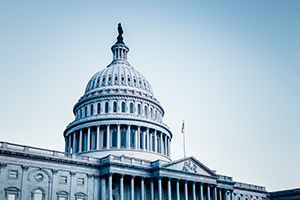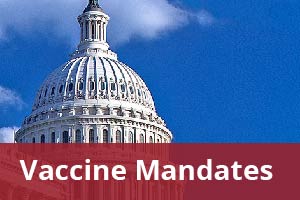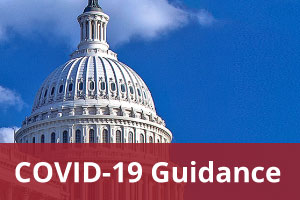by CUPA-HR | April 4, 2024
On April 1, the Occupational Safety and Health Administration issued a final rule on the Worker Walkaround Representative Designation Process. The rule allows third-party representatives to accompany OSHA inspectors during physical workplace inspections.
Under the Occupational Safety and Health Act and existing regulations to implement the law, employer representatives and authorized representatives of employees are allowed the opportunity to accompany OSHA inspectors during workplace inspections. The existing regulations state that authorized representatives of the employee are limited to employees of the employer, though OSHA inspectors may allow accompaniment by a third party that is not an employee if it is “reasonably necessary to the conduct of an effective and thorough physical inspection.”
The new rule broadens the category of who may serve as an authorized representative of the employee by explicitly including third parties as potential authorized representatives. The rule clarifies that third-party employee representatives may accompany the OSHA inspector when “good cause has been shown why accompaniment by a third party is reasonably necessary to the conduct of an effective and thorough physical inspection of the workplace (including but not limited to because of their relevant knowledge, skills, or experience with hazards or conditions in the workplace or similar workplaces, or language or communication skills).” This new language makes it easier for non-employees, such as union officials, to potentially be involved in the inspection process.
The final rule largely mirrors the proposed rule that was published in October 2023. Nearly 11,000 comments were submitted in response to the proposal, and employers across several industries have expressed concern with the rule, including concerns with the lack of mechanisms for employers to object to the selection of non-employee third-party representatives. Additionally, employers were concerned about the increased liability that they could face from non-employees walking around their worksite and the possible costs of providing personal protective equipment to non-employee third-party representatives when needed for inspections.
The rule goes into effect on May 31, 2024, but it is expected to face legal challenges that could delay the effective date. CUPA-HR will keep members apprised of any updates on the status of this rule.



